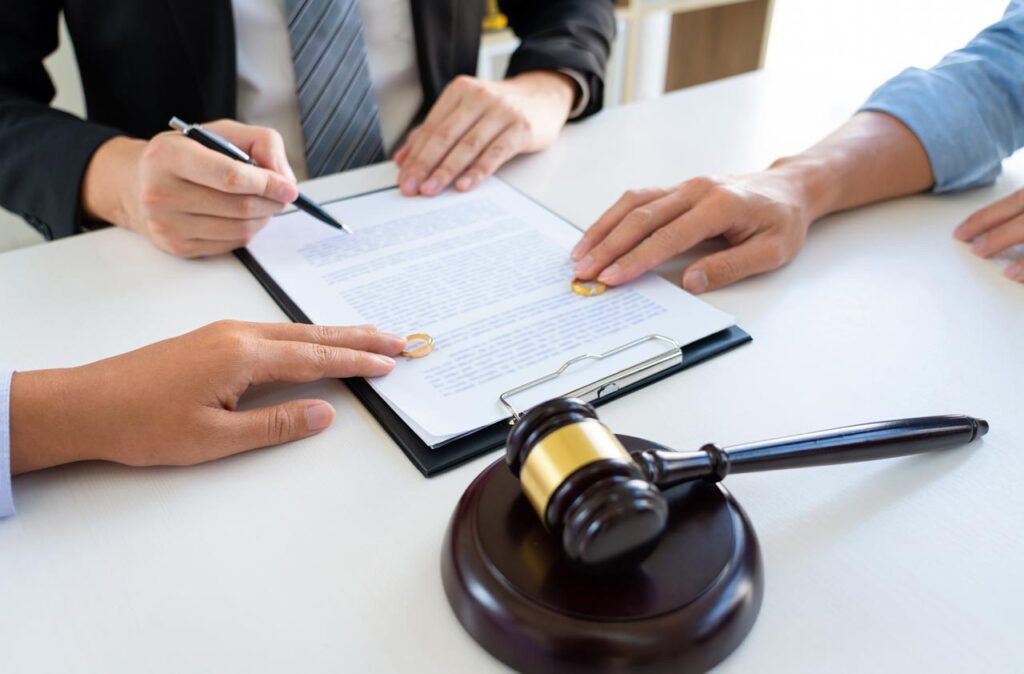Introduction
Debt can become overwhelming, and when your liabilities start exceeding your ability to repay them, this situation is called personal insolvency. Understanding personal insolvency is crucial because it helps individuals navigate financial distress, explore legal remedies, and protect their assets and future creditworthiness. Seeking professional guidance early can reduce stress and improve the chances of recovery.
What Is Insolvency?
Insolvency occurs when an individual or business cannot meet their financial obligations. For individuals, this means being unable to pay bills, loans, or other debts on time. Insolvency is different from mere financial difficulty—it has legal implications and may require formal processes to resolve debts responsibly. Recognizing insolvency early helps in taking proactive steps to prevent long-term financial damage.
Types of Insolvency: Business vs. Individual
Corporate Insolvency
Businesses become insolvent when they cannot pay their creditors or when liabilities exceed assets. Corporate insolvency is typically handled through administration, liquidation, or restructuring under the Corporations Act 2001. This process aims to protect creditors’ interests while providing options for business recovery.
Personal Insolvency
Individuals face personal insolvency when they cannot meet debts such as credit cards, loans, mortgages, or tax obligations. Legal remedies for personal insolvency include:
- Bankruptcy: A legal declaration that allows an individual to resolve debts under court supervision. Certain assets may be sold to repay creditors, and restrictions apply to finances and borrowing for several years.
- Debt Agreements: A formal arrangement to repay debts over time without entering bankruptcy. This option is less severe than bankruptcy and preserves more of your assets.
- Informal Arrangements: Negotiated settlements directly with creditors to repay debts in installments or reduce debt amounts.
Each option has benefits and consequences, so seeking legal advice early is critical.
See more: How Building Lawyers Protect Your Interests in Construction Projects
Causes of Personal Insolvency
Personal insolvency can arise from various factors:
- Unmanaged Debt: High credit card balances, personal loans, and payday loans can quickly escalate beyond repayment capacity.
- Income Reduction: Job loss, reduced hours, or business failure can make debt unmanageable.
- Unexpected Expenses: Medical bills, legal costs, or sudden home repairs can push individuals toward insolvency.
- Poor Financial Planning: Lack of budgeting, savings, or emergency funds can exacerbate financial problems.
- Divorce or Separation: Splitting assets and legal fees can create additional financial stress.
Understanding these causes can help in developing strategies to prevent or address insolvency effectively.
Legal Framework of Personal Insolvency
Australia has specific laws governing personal insolvency. Key legal frameworks include:

- Bankruptcy Act 1966: Outlines the process for declaring bankruptcy, including asset management, repayment obligations, and restrictions.
- Debt Agreement Scheme: A formal option under the Bankruptcy Act allowing manageable repayment plans for individuals.
- Personal Insolvency Practitioners: Licensed professionals assist with debt agreements, bankruptcy applications, and negotiations with creditors.
An insolvency lawyer helps navigate these legal frameworks, ensuring compliance and protecting your rights.
The Role of Insolvency Lawyers
Insolvency lawyers provide essential guidance for individuals facing financial distress:
- Assess Financial Situation: Review debts, assets, and income to determine the best legal option.
- Advise on Legal Options: Explain bankruptcy, debt agreements, and informal settlements with clear pros and cons.
- Negotiate with Creditors: Act on your behalf to restructure debts or negotiate reduced repayment amounts.
- Ensure Compliance: Prepare and lodge legal documents correctly to avoid complications or delays.
- Protect Assets and Rights: Provide strategies to preserve essential assets while meeting legal obligations.
Engaging a lawyer early helps prevent mistakes, reduces stress, and ensures the best possible outcome.
How to Prevent Personal Insolvency
While not all financial crises can be prevented, some proactive strategies reduce risk:
- Budget Wisely: Track expenses and avoid overspending.
- Build an Emergency Fund: Save a portion of income for unexpected expenses.
- Limit Borrowing: Only take loans that you can reasonably repay.
- Seek Professional Advice Early: Financial advisors and insolvency lawyers can provide guidance before debts spiral out of control.
- Negotiate Payments: Contact creditors to arrange manageable repayment plans before debts escalate.
Early intervention is always better than waiting until insolvency becomes unavoidable.
Key Takeaways
- Personal insolvency occurs when an individual cannot pay debts on time or owes more than they own.
- Legal remedies include bankruptcy, debt agreements, and informal settlements.
- Causes range from income reduction and unexpected expenses to poor financial planning.
- Insolvency lawyers help assess situations, negotiate with creditors, and protect rights and assets.
- Preventive financial management and early professional advice can mitigate risks.
Conclusion
Personal insolvency can be daunting, but understanding your options is the first step toward financial recovery. Engaging an insolvency lawyer early provides guidance, ensures compliance, and helps protect assets while managing debts. By recognizing warning signs and acting promptly, individuals can regain control of their finances and secure a more stable future.
FAQS
Personal insolvency occurs when an individual cannot pay their debts on time or owes more than their assets. It may require formal legal steps like bankruptcy, debt agreements, or negotiating with creditors to resolve financial obligations responsibly.
Insolvency describes the state of financial distress, while bankruptcy is a formal legal process individuals can enter to manage and discharge debts under court supervision.
Signs include mounting unpaid bills, creditor calls, using loans to pay other debts, and difficulty meeting regular expenses. Recognizing these early can prevent further financial damage.
Yes, individuals can set up debt agreements or informal repayment plans with creditors to manage debts without entering bankruptcy, often with professional guidance.

